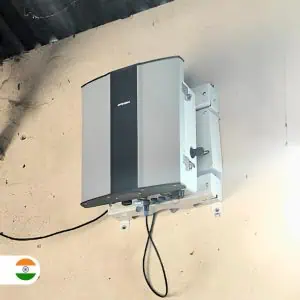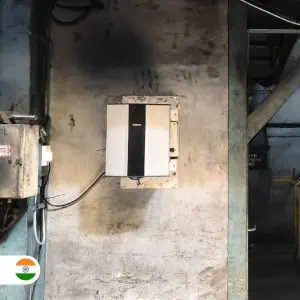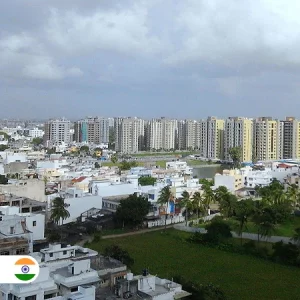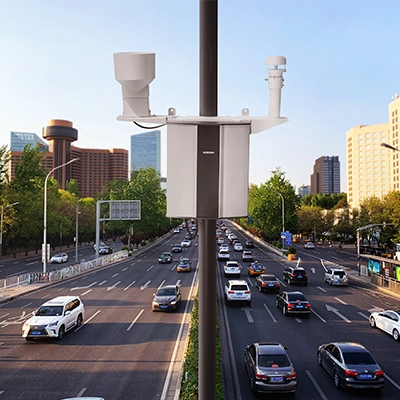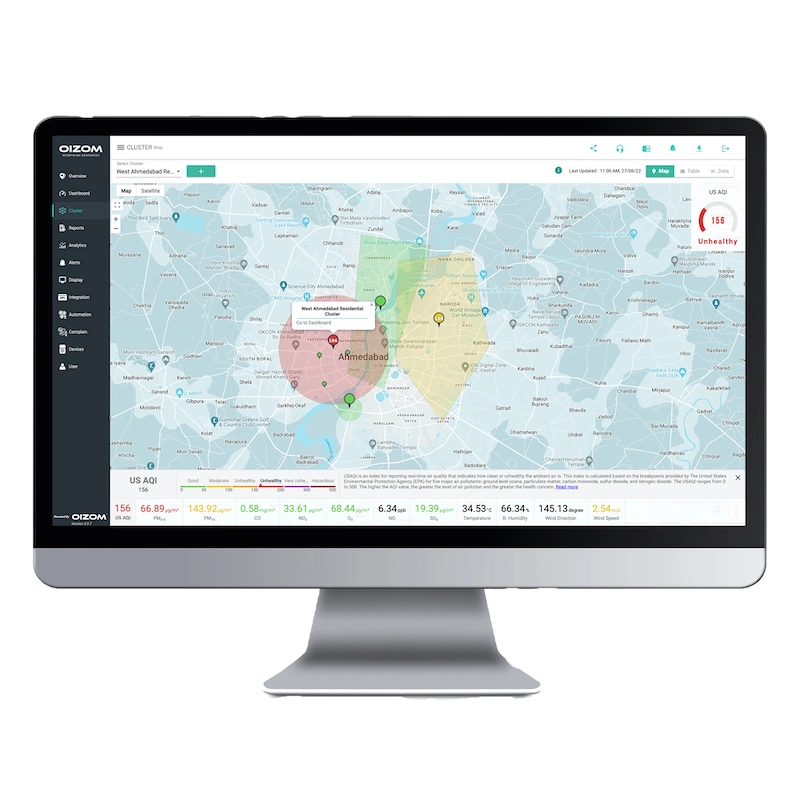Monitoring for Toll Booth Automation
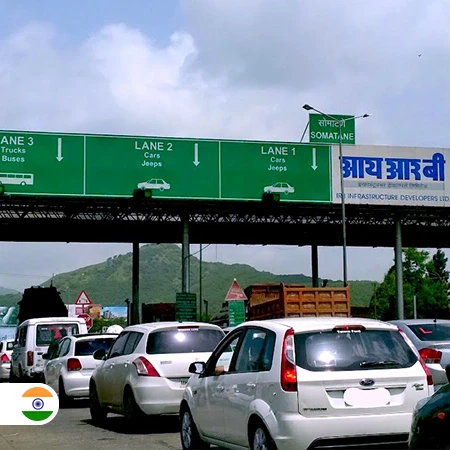
Monitoring for Toll Booth Automation
Oizom installed an Outdoor Pollution Monitoring System on Alwar Highway to help Quantela study the efficiency of automating toll booths by reducing emissions.
Roads and Highways
Polludrone
Visualization & Analytics, Data Access
Neemrana, Alwar (India)
February 2018
Roads and Highways
Quantela
Polludrone
Visualization & Analytics, Data Access
Our Client
To demonstrate the efficiency of automated toll booths, Oizom installed Polludrone and helped Quantela monitor the Air Quality at Shahjahanpur toll booth, Alwar. The pollution levels increase by up to 8 times in congested traffic, which can be avoided by implementing automated toll booths. Polludrone monitored the real-time air quality of toll booths and studied the increase in vehicular emissions due to frequent braking. Quantela used the data from the Shahjahanpur toll booth to quantify the environmental benefits of automated toll booths.
The Challenge
With rapid infrastructure development, more highways are budding up to reduce the travel time. The speed limit on the Indian highways is 120 km/h. People generally drive at a minimum speed of 100 km/h. Frequent braking from such high speeds generates more pollution than from slower speeds. According to a study, stopping from 30mph emits around twice the number of brake particles compared with stopping from 20mph. Frequent acceleration, deceleration, and traffic congestions at toll booths trigger pollutant emissions. Waiting in long queues at manual toll booths results in delayed service of about 14.5 sec/vehicle. This leads to increased pollutant emissions such as Particulate Matter (PM), Nitrogen oxide (NO2), Ozone (O3), Carbon monoxide (CO), Volatile Organic Compounds (VOCs), and Particulate Aromatic Hydrocarbons (PAH). The vehicles also consume a lot more carbon footprint fuel per trip due to higher traffic congestion. Thus, the toll booths need to be automatic to avoid this unnecessary pollution emission in the environment.
The Solution
Quantela wanted to study the impact of automated toll booths on highway vehicular emission. Oizom provided a comprehensive solution in the busiest toll booths of the western region of India. Oizom started the initiative by installing a Polludrone ambient air monitoring system at Shahjahanpur Tollbooth, Neemrana, Alwar. It is useful to strategize environmental preventive measures by displaying the efficacy of automatic toll booths on air quality. Polludrone monitored real-time pollution data at the toll booth to measure the increased pollution rates. This increase is due to continuous acceleration, deceleration, and waiting in long queues. The real-time emission data is integrated on the Visual Messaging Display (VMD) on the highway to alert the drivers/passengers of the pollution level. The solution installed near the Electronic Toll Collection booth also indicates a significant reduction in vehicular emissions by merely keeping the traffic flowing and avoiding heavy traffic congestion, deceleration, and acceleration effects.
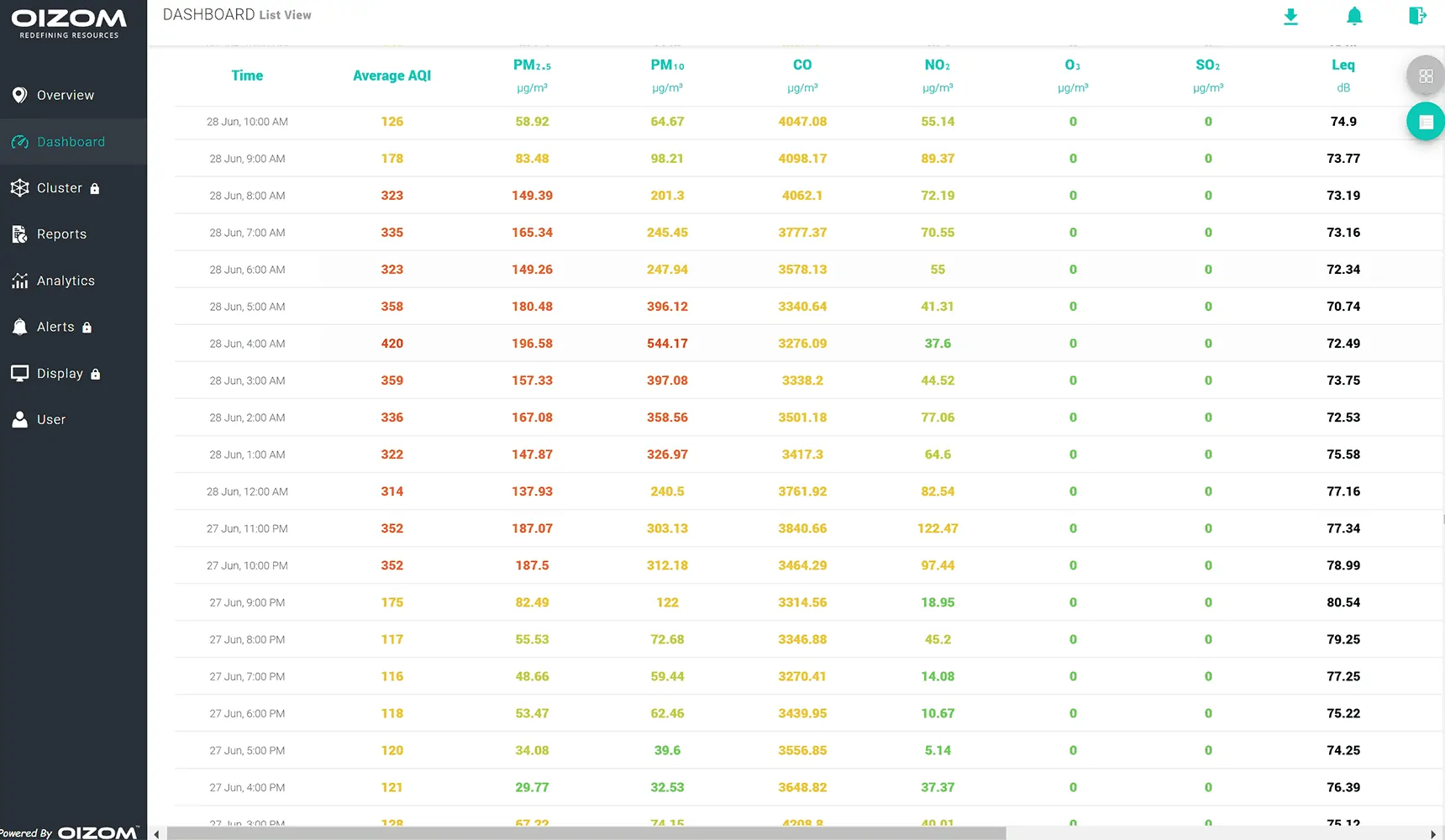
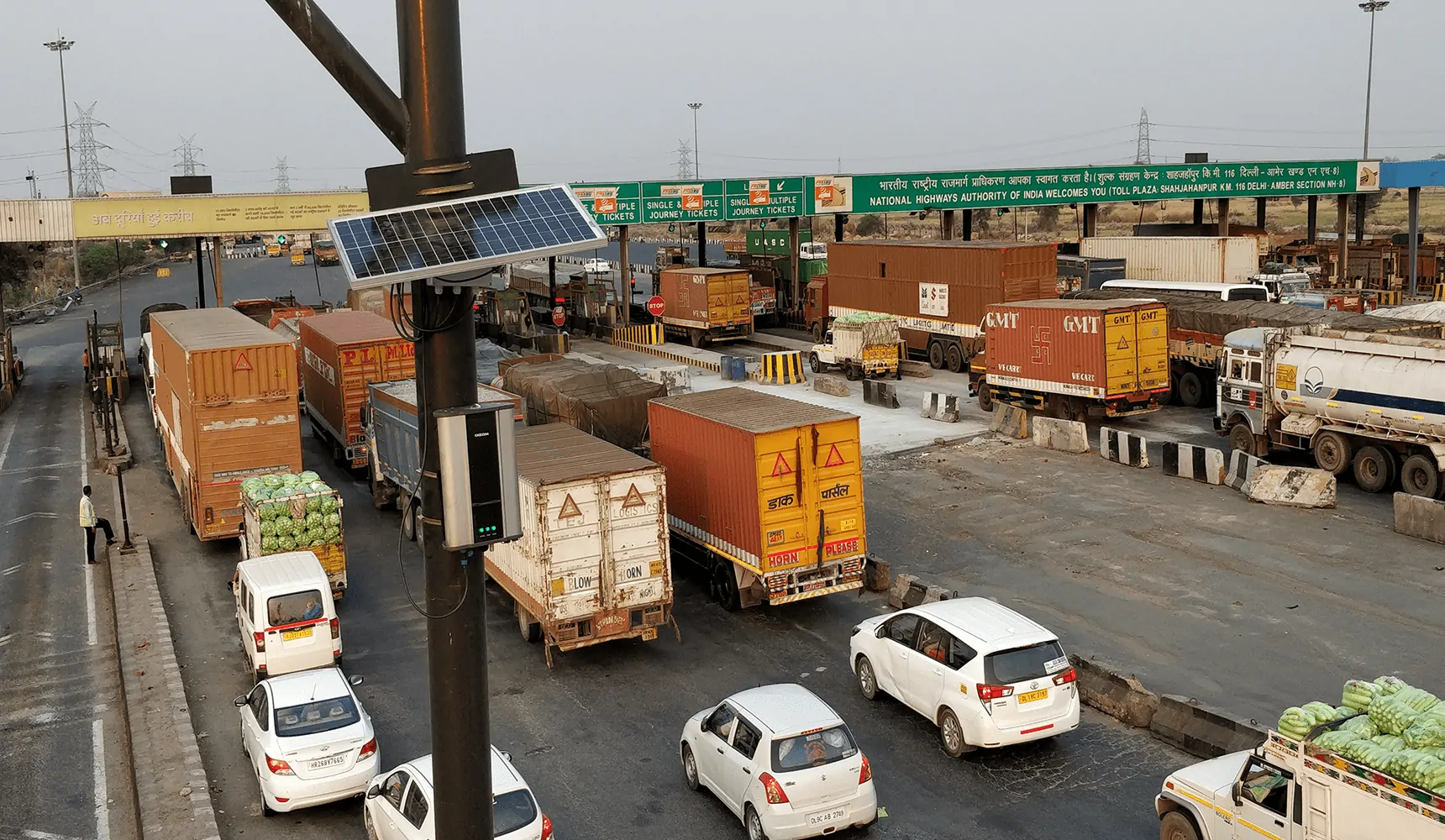
The Result
The study shows that automated toll booths lead to significant emission reduction. Electronic booth smoothens the traffic flow by abolishing the manual toll collection. Polludrone provided supporting data by monitoring the pollution rates at the highway. It shows how the redundant pollution at these tolls can be avoided to provide a better traveling experience and a cleaner environment.
About Oizom
Focused on creating a cleaner environment, Oizom’s air quality monitoring systems are equipped with advanced sensors that capture and analyze complex environmental data. This includes information on temperature, humidity, wind speed, noise levels, and harmful pollutants. These insights not only help in regulatory compliance but also enable industries and governments to design targeted interventions for improved public health and environmental sustainability.
Do you have a specific requirement?
Schedule a call with our expert team and get the right solution
for your project.

